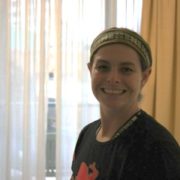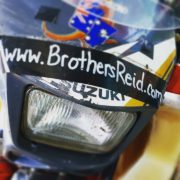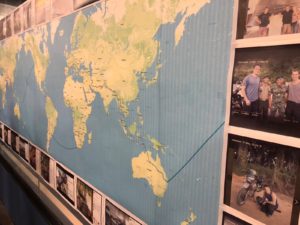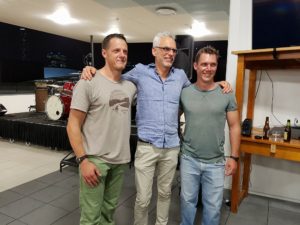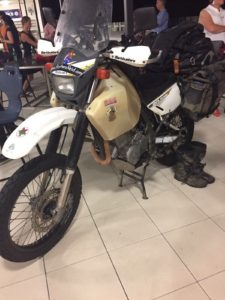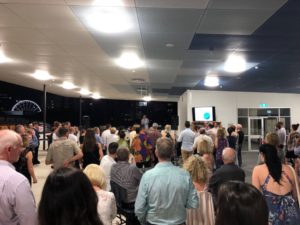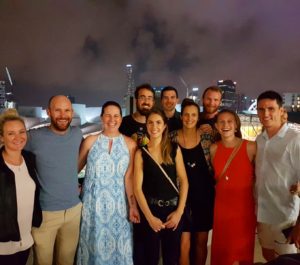Our Tough Mudder Mags
It comes as no surprise that our incredible Barefooters are constantly out doing what they love & helping others. Maggie ( or as we like to call her ‘lil mags’) is no exception, her year is filled up with incredible volunteering, fundraising and organising to help others.
She is off on an incredible adventure next year to Ethiopia to help those in need . . so Sal recently sat down with Maggie to hear all about it, and to share it with you!
So Maggie, you volunteer with Red Frogs during Schoolies on the Gold Coast, how many years have you been doing this? And what is involved?
Red Frogs has been going for 20 years and this will be my 7th year of being part of the Red Frog Crew, first three years I was in the hotel chaplaincy team, and for the next four years I have and will be part of the walk home crew. There are five different areas that you can be a part of and they are: Hotel Chaplains, Walk home crew, Red Frog Hotline crew, Support Crew and Entertainment Crew.
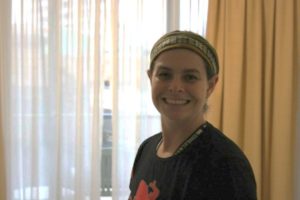
Red Frogs
Visiting and hanging out with Schoolies in their hotel rooms to provide a positive peer role-model, cooking more than 50,000 pancakes, walking over 3,000 young people back to their accommodation, answering over 10,000 calls on the Red Frogs 24/7 Hotline, providing positive part entertainment on 5 stages around Australia!
The main question we as RedFrogs get asked is why? why do you pay to do red frogs, and take time off work to look after the schoolies.. for me the answer is: I do it to show them unconditional love no matter what choices they make, no matter what happens to them or their friends, they are our future, our future leaders, teachers, drs. As Red Frogs we are not there to judge the schoolies, we are there to safeguard a generation , to be their best friend in times that they may not have anyone. i know at the end of each schoolies week that I have help make a difference in a least one person’s life.
When Tough Mudder comes around every year we know you’ll be in amongst it! What made you give it a go? What training do you do to be able to complete the course?
Yes for four years I’ve been getting muddy, climbing walls, going through ice . . . among other things.
Originally I wanted to give Tough Mudder a go as a goal I set myself, to cross the finish line. I knew it would be a challenging obstacle course. For those of you who don’t know what Tough Mudder is: It’s 10-12 miles of mud and 20+ obstacles designed to drag you out of your comfort zone. The ordinary will always be there. Why not try for something extra? With no podiums, winners, or clocks to race against, Tough Mudder isn’t about how fast you can cross the finish line. It’s about pushing yourself.
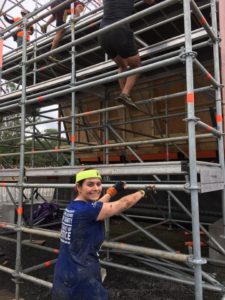
Maggie completing tough mudder
After my first year I caught the Tough Mudder bug similar to when people catch the travel bug, I found myself wanting to go back for more, though this time it wasn’t just about getting across that finish line, it was about the atmosphere. Tough Mudder has team work and camaraderie even if you start the event as a team of one, that team grows as the people around you become your team as you go through the course everyone helps everyone get through each obstacle.
I also created an opportunity to fundraise for an organisation that is close to my heart. Each time I create a fundraiser I am blown away by the donations that come in from family and friends who help make a difference to the place I am fundraising for. Next year in May I have chosen an organisation that has been on my heart for a while to create a fundraiser for a while Grace Centre for Children and Families in Ethiopia. When I mentioned who i was planning on fundraising for, to a few of my friends 7 of them jumped on board and registered to join the team and help me fundraise.
And very excitingly you have a trip planned to Ethiopia next year! Tell us more – what will you be doing there?
Yes I am so excited to be heading over to Ethiopia next year, I have wanted to head over to this country for a while so that I could visit Grace Centre for Children and Families, which is who my tough mudder team are fundraising for next year. Just recently, in July, I was offered the amazing opportunity to be the Australian Sponsorship Coordinator for Grace Centre.
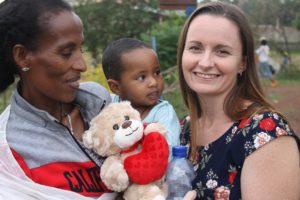
Maggie’s sponsor child holding a teddy she gave him.
Grace Centre is an organisation that focuses on holistically meeting the needs of families at risk in the town of Bahir Dar, in the central north of Ethiopia. We focus of orphan prevention and keeping families together. We achieve this through Child Sponsorship, day care, temporary care, After school care, offering free medical care. We also offer a special needs program, small business , Women’s empowerment and Prison Outreach to connect with children incarcerated with their mothers.
While in Ethiopia I will be using my current qualification in childcare to assist in Grace Centre’s daycare facilities, specifically in areas of best practice, learning through play and hygiene. I will also have the opportunity to meet the children sponsored through Australia, and meet the child I currently sponsor.
We are so excited to see what Lil Mags gets up to over the next year – and to see her compete again at Tough Mudder! Our Barefooters are truly incredible. To read more of our Barefooter stories, click here.
To book in to see one of our team, click here.

